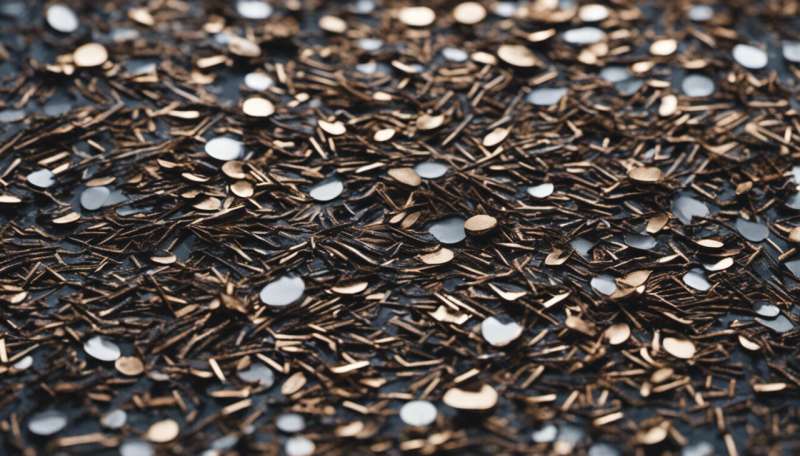Old windscreens meet the recycling bin

While the metal used for vehicles can be recycled fairly easily, a solution for recovering the glass used for windows has not been so readily at hand.
The EU has been looking at novel ways of recycling not only the glass, but the invisible resin-like layer that strengthens it, and which is made from polyvinyl butyral (PVB).
Taking up the challenge is the EU project WS-REC ('Design and Construction of a Windscreen Recycling Line'), which has found a way to separate the PVB from the glass for recovery and reuse.
The initiative is being spearheaded by L'Urederra Technological Centre in Spain, which is working with five partners from Germany, the Netherlands and Spain. Using this process, the project team will be able to treat and recycle 300 000 windscreens per year.
Claudio Fernandez, general manager of Technological Centre L'Urederra, is keen on exploiting this technology.
"We've established a wide number of contacts with companies such as those who manage glass, repair windscreens and produce high amounts of this type of waste," he says. "They too are aware of the existing environmental challenge concerning laminated glass recycling and are eager to contribute and collaborate in developing an effective solution for this problem."
The project has already had a positive impact on the PVB sector, which has shown huge willing and interest in recovering and recycling PVB waste, making it suitable for re-use in many applications.
Moreover, the L'Urederra Technological Centre has been in contact with politicians and authorities from the regional government of Navarra in northern Spain to promote recycling in this field.
The team is currently working on a purification process for PVB that will remove both the contaminants and glass.
"We are finalising the purification system, which is the most innovative part of the process since it is based on a recycling technology developed and patented by L'Urederra," says Fernandez.
Today's recycled PVB suffers from many impurities and use is therefore restricted.
"Whatever little PVB they have been recycling up to now could not be used in laminated glass but only as fillers in carpets or tiles due to impurities," explains Fernandez.
He points out that only a small percentage of laminated glass - the safety class used in windscreens - is normally recycled while remaining post-consumption PVB waste goes to landfills or is incinerated.
"In this respect the newly-developed innovative technology for PVB purification and recycling is expected to contribute significantly to the environment," he says.
On a commercial level, the WS-REC project is expected to have a significant impact on the laminated glass market, both with Spain and internationally.
"This is due not only to the recycling benefits of the windshield but also because it encourages the re-use of recycled material for primary applications," explains Fernandez.
The project is slated for completion by March 2014, by which time the team should have met its objective of developing an effective process for recovering both glass and PVB from windscreens.
The EU has set the target of increasing the ELV recovery level to 95 percent by 2015, and the WS-REC project is helping to make sure the goal is attainable. The project's budget is about EUR 1.4 million, of which the EU has provided half the funding.
More information: www.eaci-projects.eu/eco/page/ … ect_detail&prid=1943
Provided by CORDIS




















